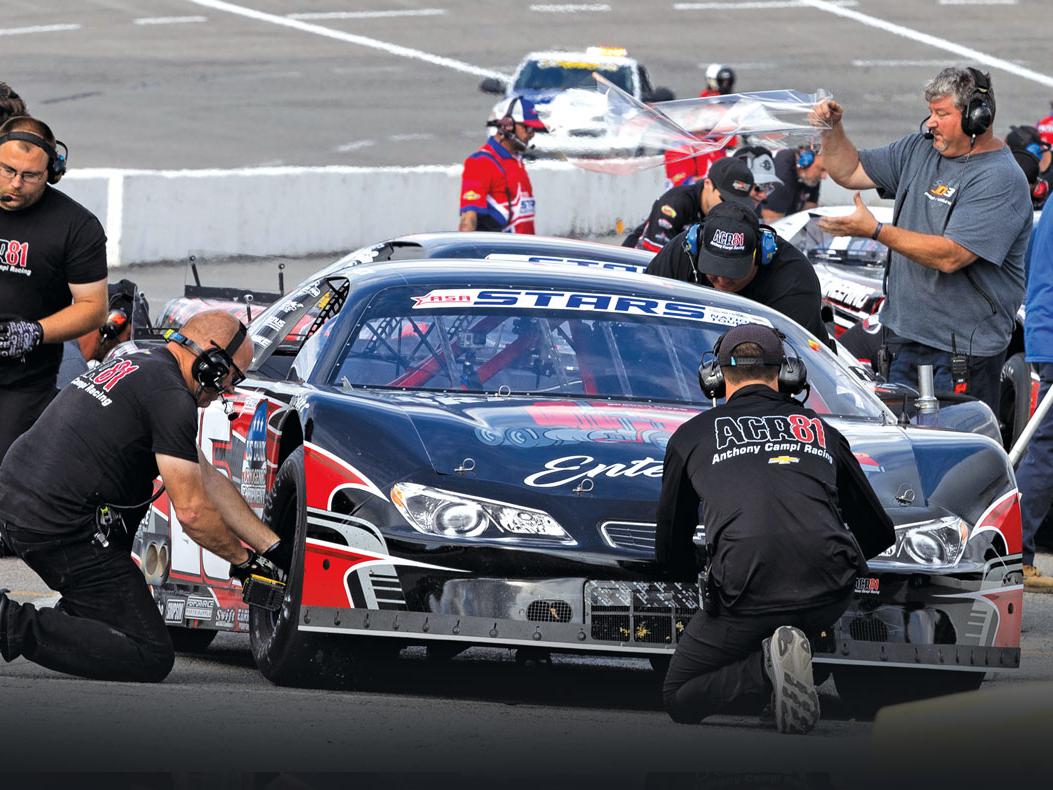PRI Motorsports Retail Business Survey: Social Media

Planning for business success through digital marketing and content creation requires the use of various platforms that offer different solutions to deliver an effective message.
In the beginning, and for a long time thereafter, the marketing of performance equipment was pretty straightforward. Manufacturers either relied on word of mouth in pit areas to make people aware of their advances, or else they took out an ad in one of the numerous performance-car magazines that then existed, or perhaps put up a jazzy display in a brick-and-mortar speed shop. The practice of marketing goods, whether aimed at motorsports or not, has been walloped by seismic upheaval since then.
For instance, many of those car magazines and local speed retailers no longer exist. We live in an age when producers make contact directly with their prospective customers on a highly individualized basis through the use of social media. The new frontier of specialty automotive marketing winds its way today among various platforms that can be used effectively to get a manufacturer’s or marketer’s message out. Facebook, TikTok, Instagram, and YouTube are all being used to put the word about new products or services in the lap of a prospective customer with precision-guided accuracy. The challenge lies in picking the platform that’s the best fit for the message, the product, or the customer.
One excellent case study on how to do it exists in the form of DFW Speed Shop in Dallas, Texas, a full-service retail and conversion firm that specializes in building and outfitting both street rods and off-road vehicles. DFW is one of several clients of Let’s Glow Media, which develops social media strategies aimed at the motorsports industry. Let’s Glow founder Katherine Brunner is a contractor who developed DFW’s social media presence.
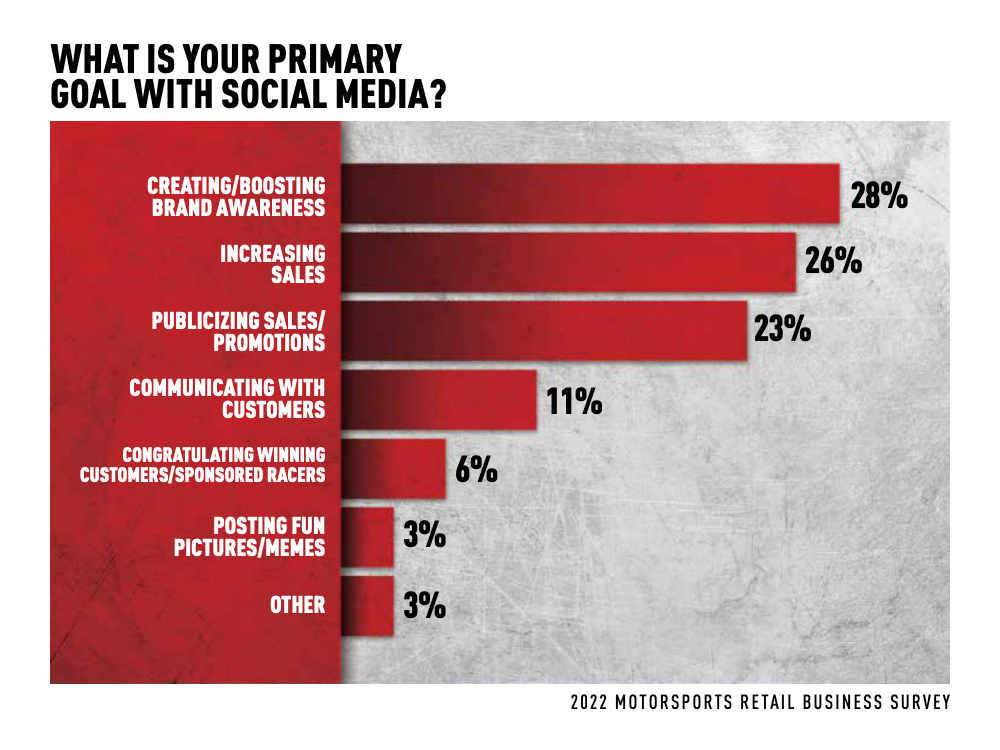
“The speed shop is on Instagram, TikTok, and Facebook,” she explained. “The biggest message that we’re trying to get across is not so much trying to get people to buy into the service, but instead the lifestyle. People want to think they know the guys in the speed shop, even though they don’t live in Dallas. That’s the community we’re trying to create with this. Personally, I think TikTok is the biggest platform out there that’s up and coming for these businesses. It’s all about creating an informal, ad hoc demand for that content.”
Brunner said that DFW Speed Shop repurposes its content message across all three platforms. “For the most part, it’s the same kind of content since we already know that we have different communities for each platform, so it’s important that those messages be showcased across all three.”
Empirically, using social media has clearly boosted DFW Speed Shop’s visibility in the wider world. Brunner has compiled statistics demonstrating that DFW has had about 409,000 video views in the last 90 days on TikTok, all organic growth, which means the speed shop didn’t pay for any of those additional views. DFW has also reached about 40,000 Instagram accounts over the same time period. Brunner said that DFW started using TikTok less than a year ago and has already built a community of followers. Each one of DFW’s Instagram posts yields thousands of views, she said.
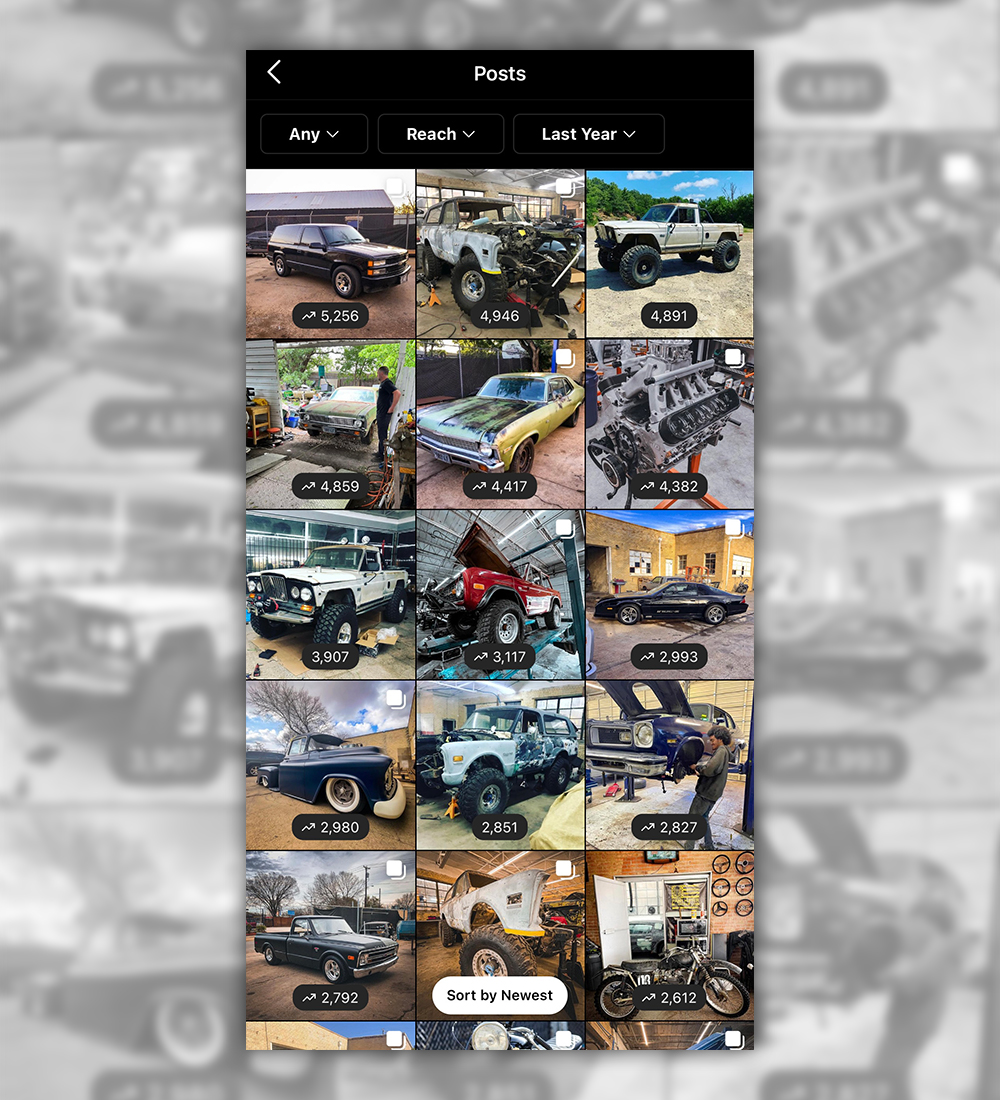
“Facebook is more oriented toward our older customer,” Brunner said. “It’s hard to tell exactly what TikTok is right now because it’s so new, and it seems to be mostly younger or Gen-Z people, but there are some older people on there.”
Regardless of platform, Brunner recommended some basic procedures for companies new to social media. First, she said, advertisers should make the time to post consistently across any platforms they use, to keep the message fresh and viewers engaged. Devote time each working week toward planning what to say on social media that particular week. If you’re too busy, hire a consultant to do it for you. Brunner strongly advised engaging on TikTok, because of its newness and largely informal content. And realize that if the advertiser’s content lacks visual appeal, it’s probably going to be a bust.
Another firm that has a favorite platform is DRT Racing—it stands for Drag Racing Technologies—of South Amboy, New Jersey, which besides catering to import racers in quarter-mile combat also provides fabrication and dyno-tuning services to competitors in road racing, autocross, and drifting. Company co-founder Ralphy Estevez said DRT Racing has achieved its best social-media results since arriving on Instagram.
“It’s the easiest to use. I started with Facebook, but I’m an old guy and now you need a degree to work on it,” Estevez explained. “You go into the Instagram platform right from your smartphone and go from there.”
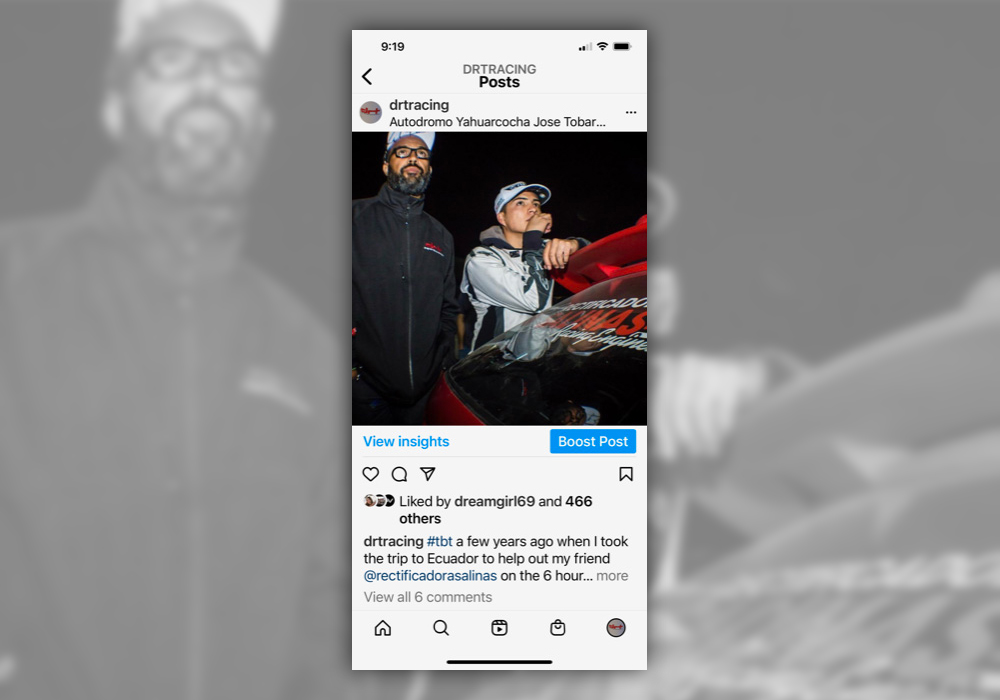
DRT Racing started out on Twitter, but Estevez shied away because of its politics-heavy content. “I find Facebook and Instagram to be the best for advertising,” he said. “Another thing with Instagram is that once I post, I can link my Facebook, and it pulls from both at the same time. It’s much more user-friendly. I have a YouTube, but I’m working now on a separate one that will show people how to do things, how to unbox the product and such. I’ve already spoken to some of the companies, and they’re willing to do it. I think YouTube will end up being the bigger platform than all the rest because people like videos.”
Estevez said using social media allows DRT Racing to avoid the “out of sight, out of mind” reality, building buyer interest. “I try to help people keep up with the projects that I’m working on, and now people can follow along and may give me a call. It’s easier than the magazines I used to use, which used to be the way. Magazines were our social media.”
Balancing multiple social media platforms has also been a winning strategy for Vengeance Racing of Cumming, Georgia, a leading firm in performance parts, installations, and tuning across multiple generations of late-model American muscle cars, including the Chevy Corvette and Dodge Viper. Company owner Ron Mowen believes a wide-angle approach is intelligent. “I do not feel there is a platform that works best,” he said. “Each one attracts different viewers, so all of them are important to me. We do focus the majority of our attention on Facebook and Instagram, but also utilize YouTube, TikTok, LinkedIn, and others.”
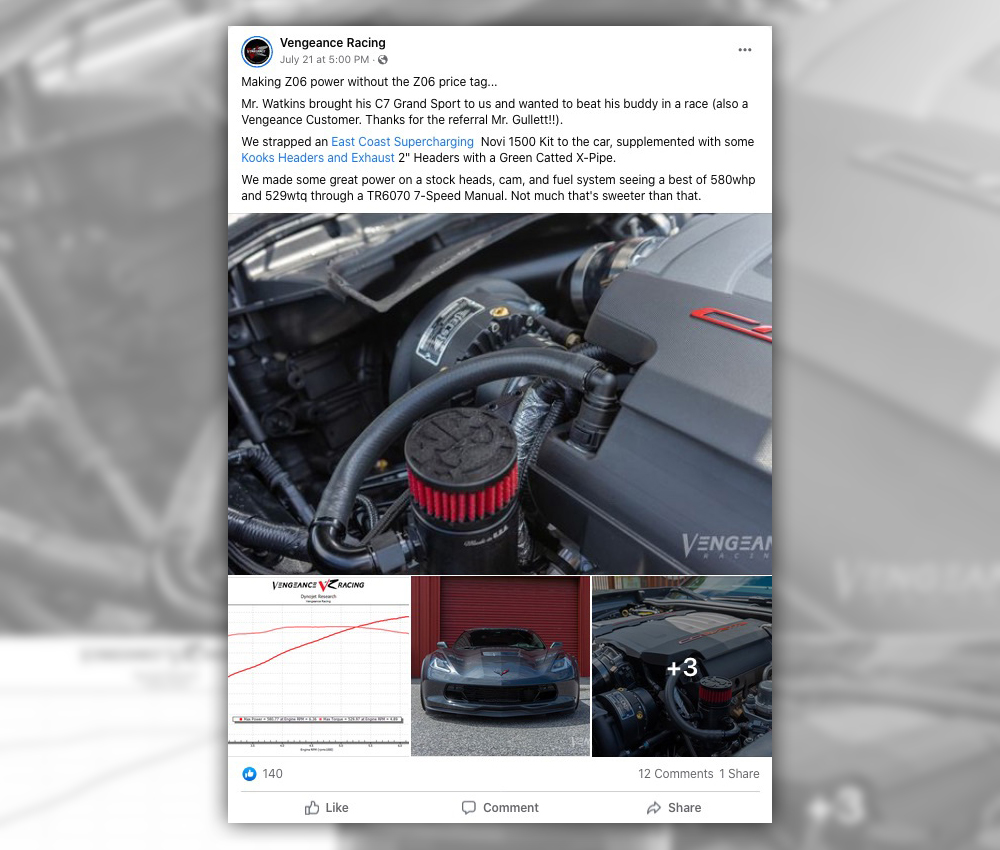
Getting the news out about what actually goes on inside Vengeance Racing’s shop is critical, Mowen explained. “Our focus is on promoting the results from our in-house performance builds, whether it be dyno results or track results,” he said. “We do this by sharing all relevant build information and modifications including before and after dyno comparisons, as well as pictures of the vehicle highlighting the build quality and attention to detail.”
Like Brunner and her clients at DFW Speed Shop, Mowen strives for message consistency, regardless of platform. “The content may change based on the platform being used,” he explained. “As an example, posting an Instagram story would be much different than posting a featured build on Facebook with text, pictures, and so forth. The message would be similar, but the content used to deliver the message would have to change.”
The methodology of getting customers’ eyes on your business is also fairly consistent regardless of which platform is being used, in Mowen’s estimation. “Each platform seems to attract its own unique audience and users, so having multiple platforms allows us to engage a broader range of potential clients with minimal changes to the content itself,” Mowen continued. “As an example, we use Meta Business Suite, which will post our content to Facebook and Instagram simultaneously, and also allow us to manage the content from one location.”
Sources
DFW Speed Shop
dfwspeedshop.com
DRT Racing
drtracing.com
Let’s Glow Media
letsglowmedia.com
Vengeance Racing
vengeanceracing.net
 MEMBERSHIP LOGIN
MEMBERSHIP LOGIN JOIN PRI
JOIN PRI

